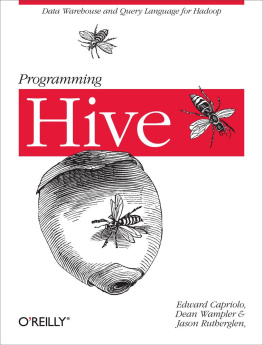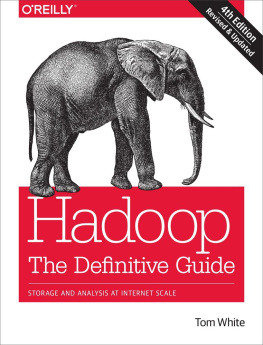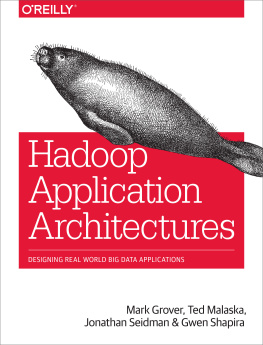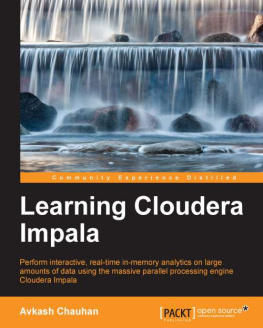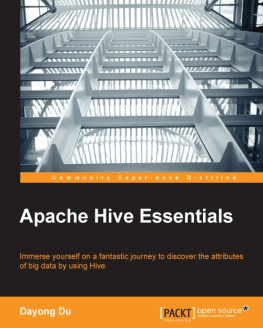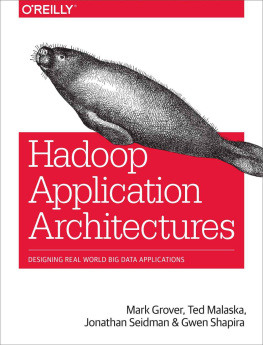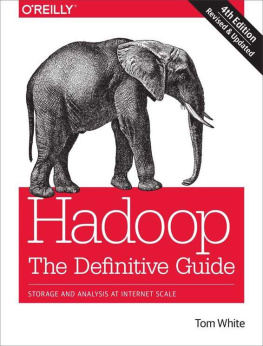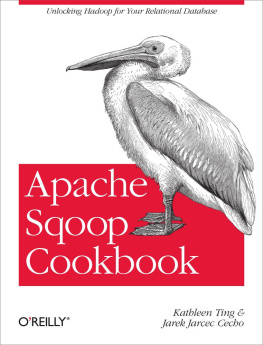Edward Capriolo - Programming Hive
Here you can read online Edward Capriolo - Programming Hive full text of the book (entire story) in english for free. Download pdf and epub, get meaning, cover and reviews about this ebook. year: 2012, publisher: OReilly Media, genre: Computer. Description of the work, (preface) as well as reviews are available. Best literature library LitArk.com created for fans of good reading and offers a wide selection of genres:
Romance novel
Science fiction
Adventure
Detective
Science
History
Home and family
Prose
Art
Politics
Computer
Non-fiction
Religion
Business
Children
Humor
Choose a favorite category and find really read worthwhile books. Enjoy immersion in the world of imagination, feel the emotions of the characters or learn something new for yourself, make an fascinating discovery.
- Book:Programming Hive
- Author:
- Publisher:OReilly Media
- Genre:
- Year:2012
- Rating:5 / 5
- Favourites:Add to favourites
- Your mark:
Programming Hive: summary, description and annotation
We offer to read an annotation, description, summary or preface (depends on what the author of the book "Programming Hive" wrote himself). If you haven't found the necessary information about the book — write in the comments, we will try to find it.
Need to move a relational database application to Hadoop? This comprehensive guide introduces you to Apache Hive, Hadoops data warehouse infrastructure. Youll quickly learn how to use Hives SQL dialectHiveQLto summarize, query, and analyze large datasets stored in Hadoops distributed filesystem.
This example-driven guide shows you how to set up and configure Hive in your environment, provides a detailed overview of Hadoop and MapReduce, and demonstrates how Hive works within the Hadoop ecosystem. Youll also find real-world case studies that describe how companies have used Hive to solve unique problems involving petabytes of data.
- Use Hive to create, alter, and drop databases, tables, views, functions, and indexes
- Customize data formats and storage options, from files to external databases
- Load and extract data from tablesand use queries, grouping, filtering, joining, and other conventional query methods
- Gain best practices for creating user defined functions (UDFs)
- Learn Hive patterns you should use and anti-patterns you should avoid
- Integrate Hive with other data processing programs
- Use storage handlers for NoSQL databases and other datastores
- Learn the pros and cons of running Hive on Amazons Elastic MapReduce
Edward Capriolo: author's other books
Who wrote Programming Hive? Find out the surname, the name of the author of the book and a list of all author's works by series.

